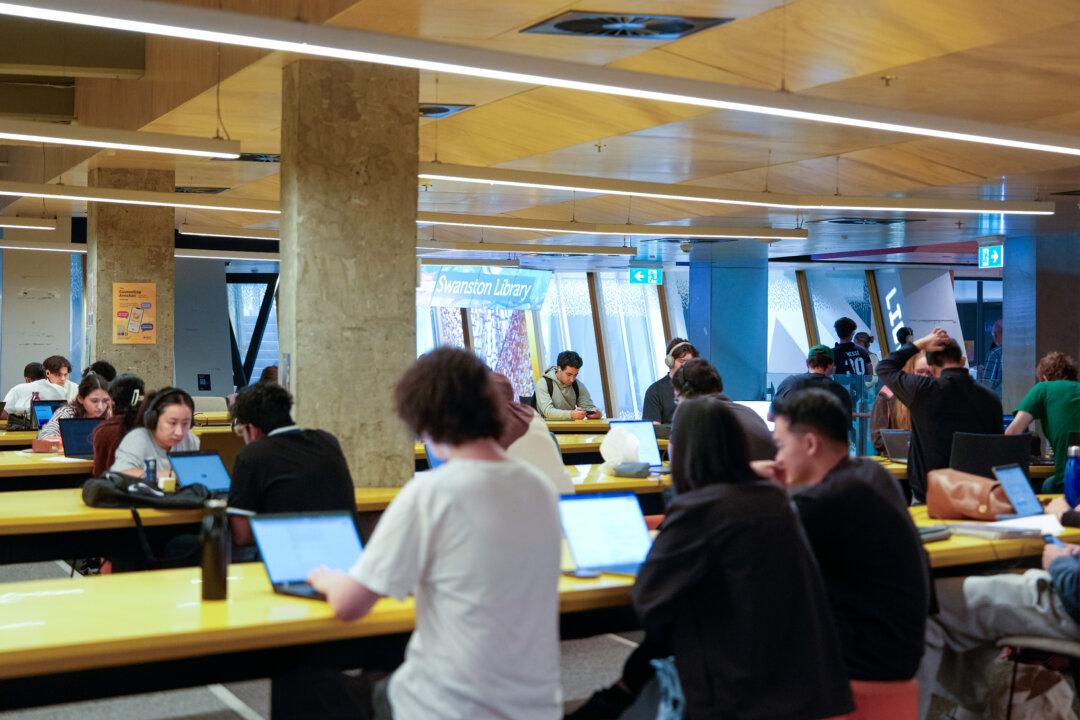The South Australian parliament will be asked to legislate ambulance response times and require the government to report against those targets under a bill proposed by the South Australian Greens.
The legislation will be introduced this week amid ongoing ramping issues outside Adelaide’s major hospitals.





